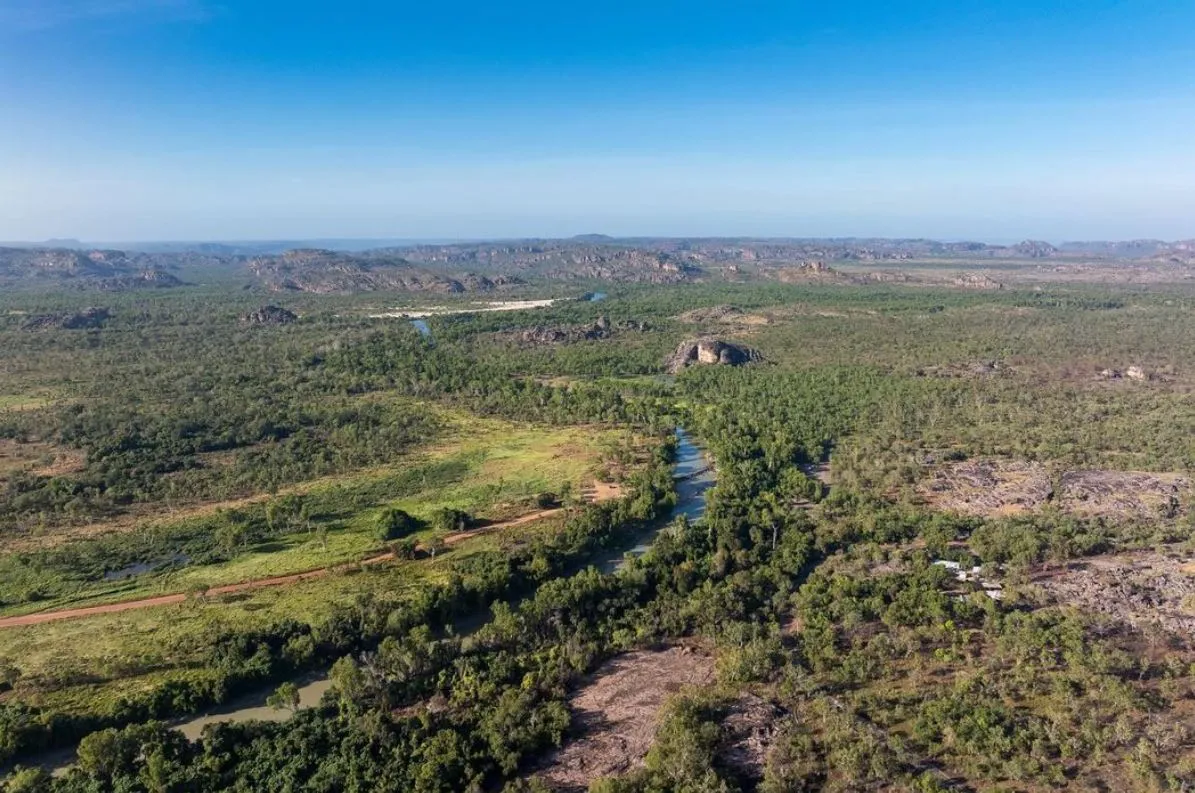Kakadu National Park in the Northern Territory is a UNESCO World Heritage Site famous for its incredible biodiversity and cultural values. At almost 20,000 square kilometres Kakadu is a beautiful and ecologically significant place with many different landscapes, wetlands, savannahs, stone escarpments and floodplains. Each ecosystem in Kakadu contributes to the social-ecological systems of the park and provides important ecosystem services while protecting Aboriginal cultural sites that are thousands of years old.
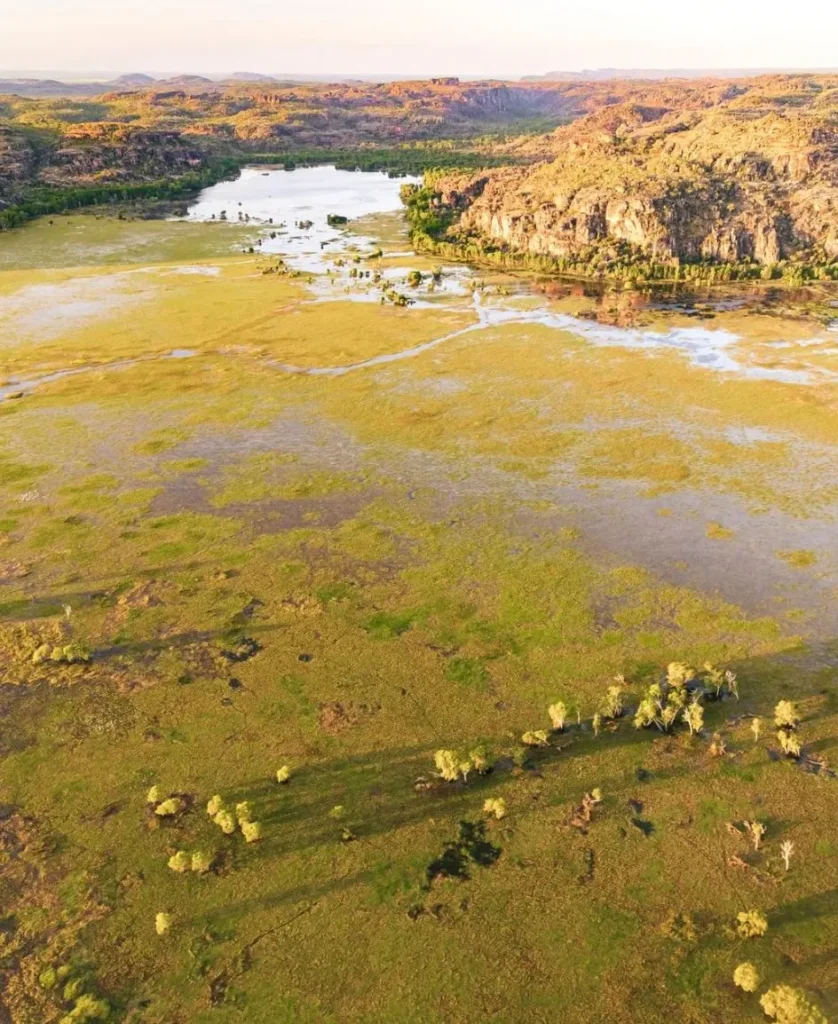
Kakadu is home to many species of flora and fauna, some of which are rare or endemic to the region and Kakadu also faces many environmental challenges including invasive species, climate change and tourism. This article will look at the major ecosystems in Kakadu, their importance to the natural and cultural heritage of the area and the work being done to protect these environments with Kakadu Bininj, the traditional owners of the park.
The Heart of Freshwater Ecosystems
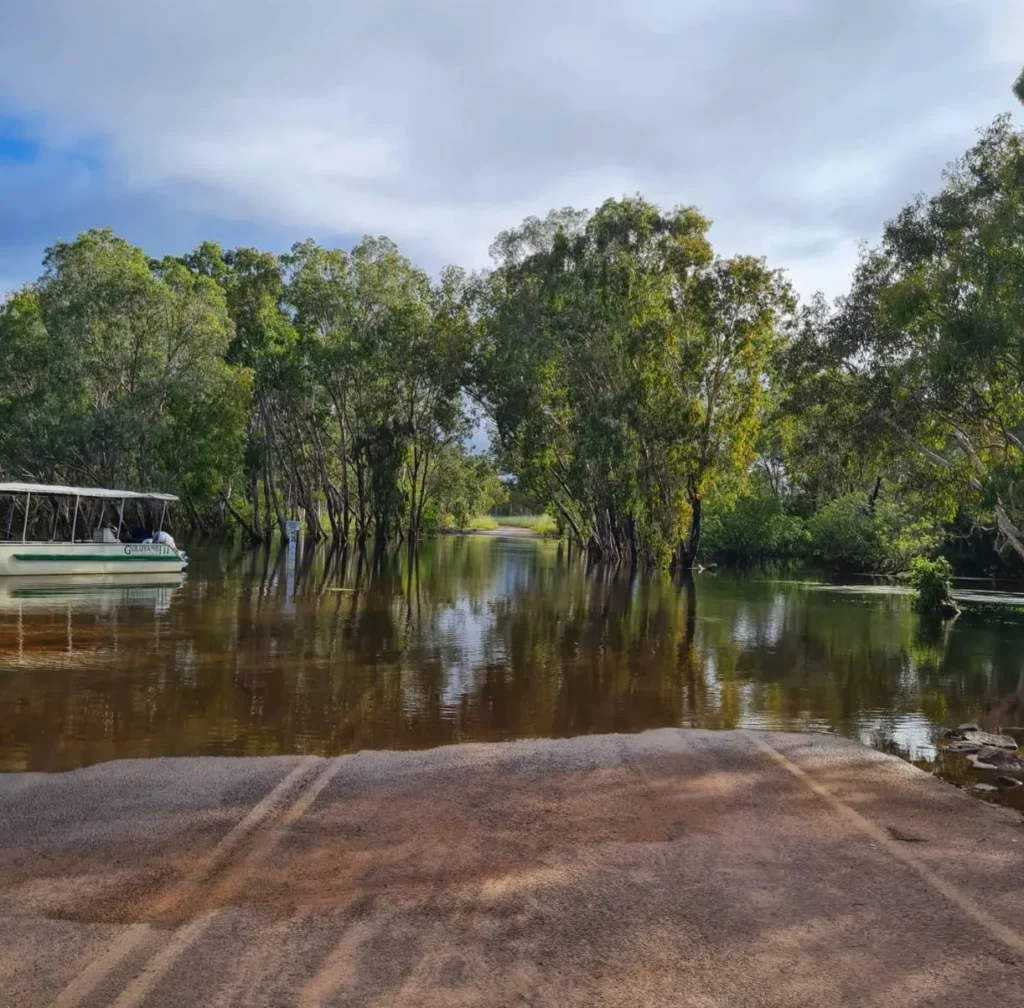
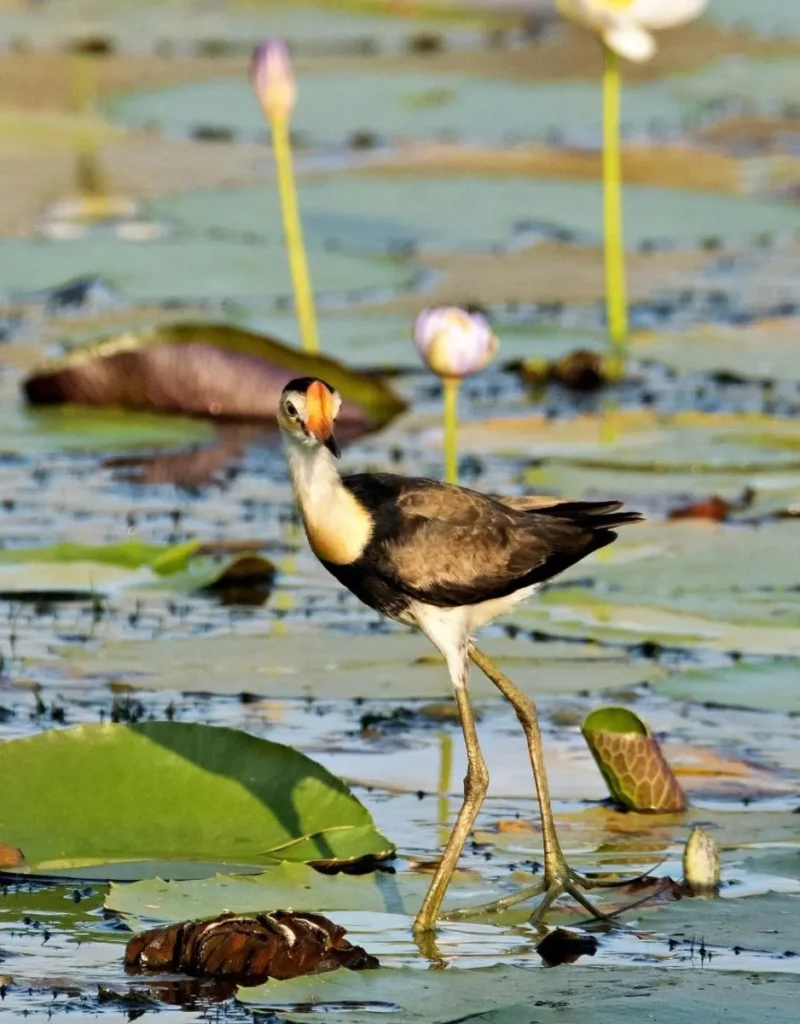
Kakadu’s wetlands are one of its most famous features, some of the most productive ecosystems in Northern Australia. These seasonal freshwater marshes, including Yellow Water and Magela Creek, flood during the wet season and create huge habitats that support aquatic and bird life. The wetlands are rich in biodiversity and support traditional hunting, fishing and gathering activities that the Kakadu Bininj have been doing for thousands of years.
One of the biggest challenges for Kakadu’s wetlands is invasive species, particularly Asian water buffalo and some alien plant species. These species impact native vegetation, increase erosion and disturb sediment fluxes that are critical to maintaining the natural water balance. Research institutions like Marine and Freshwater Research and government agencies like the Department of Natural Resources use diagnostic frameworks to monitor and control these invasive species and work with the traditional owners to protect the wetland ecosystem.
Biodiversity and Flora of Wetlands

Kakadu’s wetlands support a wide range of species, saltwater crocodiles, freshwater fish like barramundi and hundreds of migratory bird species. The wetlands are covered in unique flora like paperbark trees, water lilies and various sedges. The seasonal changes create different habitats that attract large numbers of magpie geese, egrets, jabirus and other birds making Kakadu one of the best birdwatching spots in Australia.
Kakadu’s wetlands have also attracted international researchers, from North America and Central America, who want to know how freshwater systems in Kakadu compare to others globally, like the Amazon Rivers. Research on wetlands ecology and management have identified Kakadu as a key model for understanding inundation dynamics, freshwater values and sustainable ecosystem services and provide insights for wetland conservation worldwide.
The Backdrop of Kakadu
Savannah woodlands cover 80% of Kakadu and are the biggest habitat. Open woodlands with eucalypt trees, woody plants and native grasses that are adapted to the dry climate and bushfires that sweep through the Northern Territory. The traditional owners do controlled burning, a vital tool in native vegetation management, to prevent bigger, more destructive fires and keep the balance of the ecosystem.
Flora and Fauna of the Savannahs
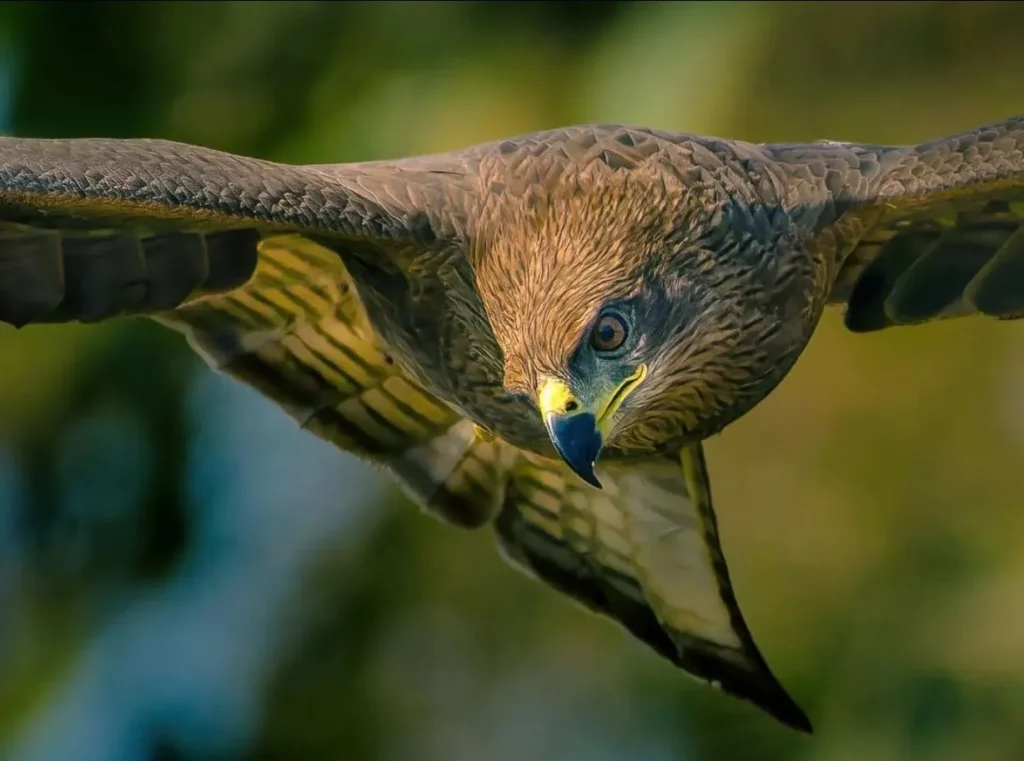
Kakadu savannahs are home to wallabies, bandicoots and short-beaked echidna. Savannah Estate is a haven for many bird species including black kites, honeyeaters and cockatoos. Some species like the short-beaked echidna have adapted to the extreme weather events and seasonal droughts of this environment.
From a conservation perspective the savannah woodlands are key to Kakadu’s adaptive capacity to recover and respond to climate stressors. Research from institutions like Cambridge University Press shows that savannah systems are resilient and that social-ecological governance systems where Indigenous practices contribute to sustainable land management work.
Monsoon Forests: Green Oases
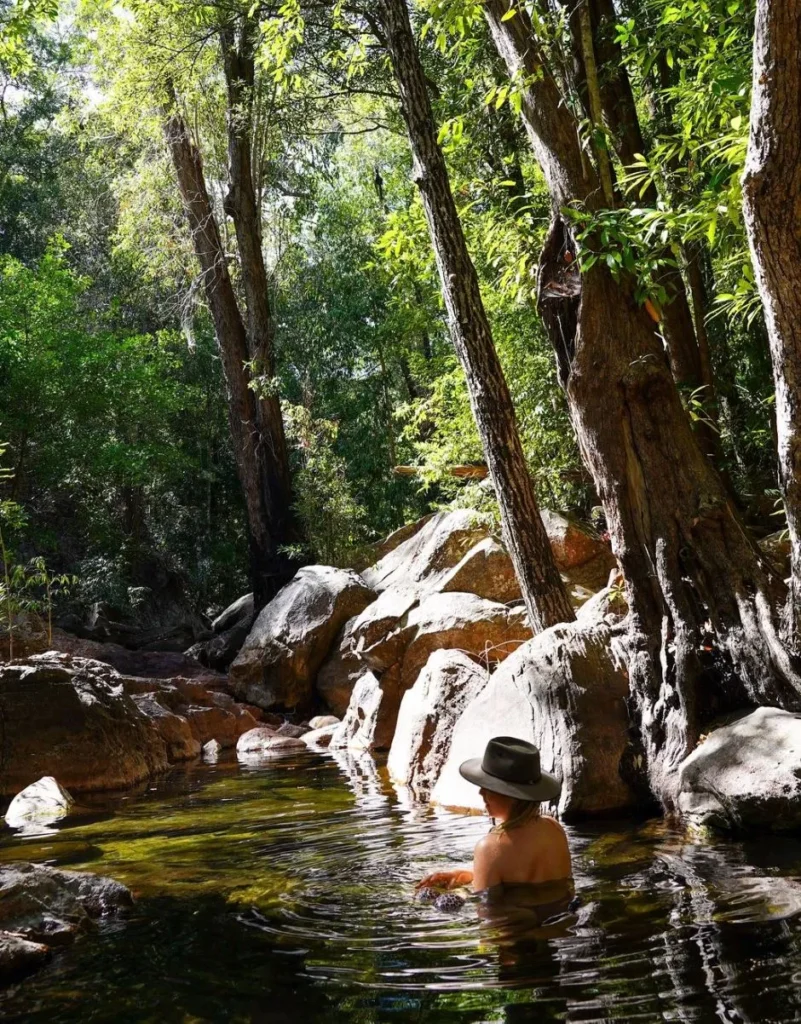
Within the woodlands are pockets of monsoon forests, also known as “rainforest patches”. These dense, humid ecosystems stay green all year round and are a unique habitat in the dry Kakadu landscape. Monsoon forests are home to species that thrive in shaded, moist environments, like the rainbow pitta and fruit bats. They are also culturally significant to the traditional owners who use them for medicinal plants and materials for traditional practices.
Features and Conservation of Monsoon Forests
Though small in size monsoon forests add to the ecological diversity of Kakadu. They include vines, ferns and canopy trees like banyan fig and fan palms. Monsoon forests are important for biodiversity and have been the subject of many rainforest conservation studies. Frameworks like Wetlands Ecology and Management guide the conservation of these green oases from invasive species, climate change and human impact.
Stone Country: An Old and Tough Ecosystem
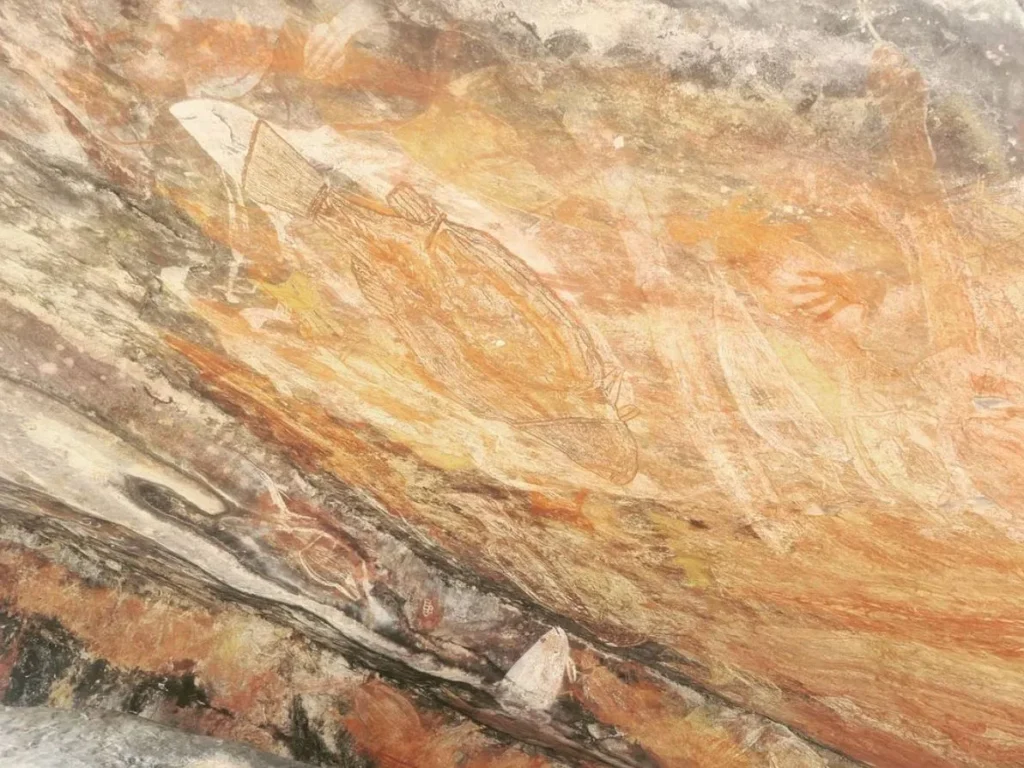
The sandstone escarpments and plateaus of Kakadu’s Stone Country are the most unique landscapes in the park. These rocky areas are cultural hotspots with archaeological sites and Aboriginal rock art 10,000 years old plus, showing the long history of the land and the traditional owners. The Stone Country shows Aboriginal resource management through rock shelters and art, which tells the story of the Kakadu Bininj’s connection to the country.
Special Flora and Fauna
In this tough country only the toughest species survive, black wallaroo and northern quoll. The geology of the Stone Country also makes it unique with intricate formations that support endemic plants like spearwood and rare ferns. These rocky habitats are crucial to the cultural and ecological integrity of Kakadu but are eroding and invaded by weeds. Conservation in Stone Country is about protecting these fragile ecosystems and cultural sites.
Ecosystems that shape Kakadu

Kakadu’s floodplains and tidal flats are part of the park’s ecosystem services, habitats for wildlife and traditional fishing. During the wet season, tropical rivers from Arnhem Land and elsewhere fill these areas and create seasonal lakes that support fish, amphibians and migratory birds. In the dry season, the floodplains become grazing grounds for herbivores and birds like brolga and whistling ducks.
Conservation and Challenges of the Floodplains
The floodplains are a dynamic and fragile environment, prone to sedimentation and extreme weather events. The threat of invasive species, particularly the Asian water buffalo, has caused erosion and loss of native vegetation in some areas. Kakadu’s governance systems have put in place measures to protect the floodplains, including native vegetation management and species control, to maintain the ecological balance.
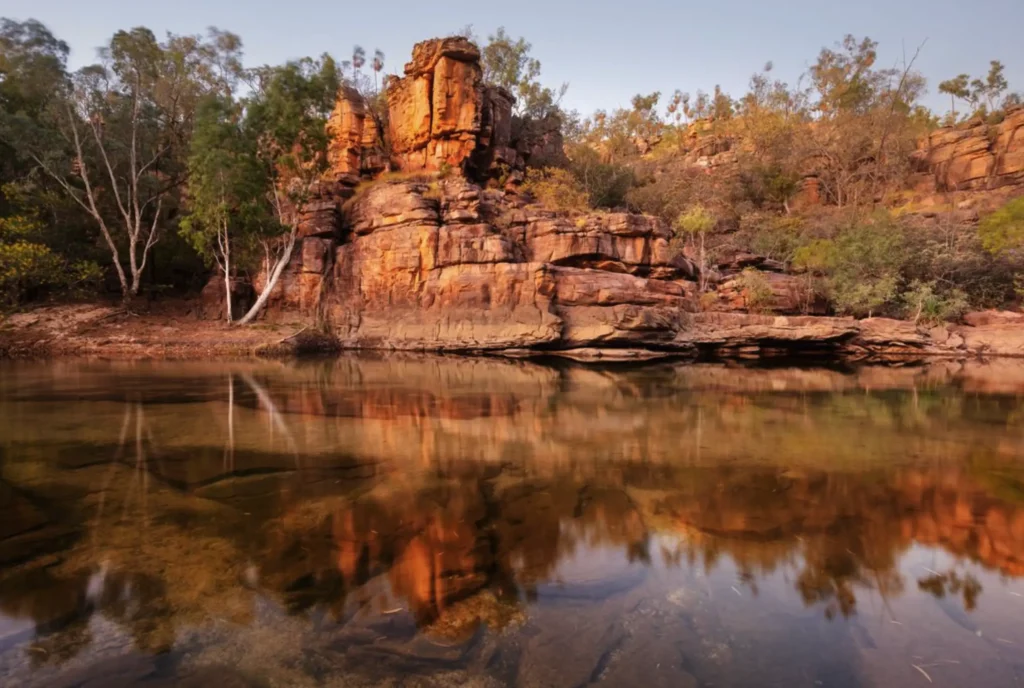
Kakadu Conservation
Kakadu’s conservation is a mix of traditional knowledge and science, a combination of cultural and ecological values. The Kakadu Bininj are part of the park’s governance, managing native vegetation, fire and invasive species. Research projects, published in journals like Cambridge University Press and reports from the Department of Natural Resources help monitor environmental change and sustainable practices.
Research frameworks like modelling frameworks and diagnostic frameworks are used to assess Kakadu’s ecosystems resilience. These tools test the park’s ability to withstand climate change, invasive species and other stressors. International comparisons with other wetlands and savannahs in North and Central America help inform conservation strategies that can be applied to similar ecosystems worldwide.
Conservation in Mind
To really experience Kakadu’s many ecosystems, visit with the regulations and sustainable tourism.
- Seasonal Visits: Each season in Kakadu is different. Wet season shows the freshwater ecosystems, dry season has trails and wildlife concentration.
- Guided Kakadu Tours: Join local guides who can share cultural and ecological knowledge, including the significance of cultural sites and traditional practices that shape Kakadu’s landscapes.
- Sustainable Tourism: Stay on tracks, don’t litter, respect cultural sites and wildlife habitats to help conserve Kakadu for future generations.
FAQ
What makes Kakadu’s wetlands so special?
Kakadu’s wetlands (like Yellow Water) are world heritage listed for biodiversity and support a huge range of species, including crocs and migratory birds. They are important for freshwater and culturally important to the Kakadu Bininj.
How are traditional owners involved in Kakadu’s conservation?
Traditional owners, the Kakadu Bininj, are part of the management of the park. They provide knowledge on controlled burning, native vegetation management and protection of cultural sites so Kakadu’s ecosystems are sustainable.
What invasive species are threatening Kakadu’s ecosystems?
Invasive species like the Asian water buffalo and various alien plants are threatening by altering native vegetation, increasing erosion and water quality.
Why are Kakadu’s stone escarpments so important?
The Stone Country has ancient rock art and archaeological sites that represent thousands of years of Aboriginal history and resource use, and they are a big part of Kakadu’s cultural and natural heritage.
How does Kakadu deal with climate change?
Through adaptive management practices (controlled burns and invasive species control) and governance systems, Kakadu can respond to climate stressors. Research partnerships help us understand and improve the park’s resilience.
